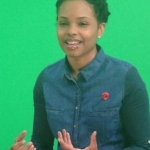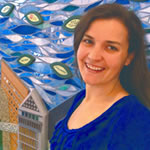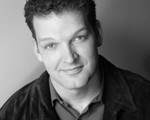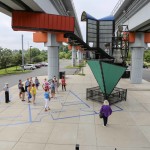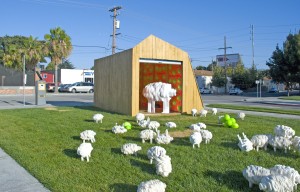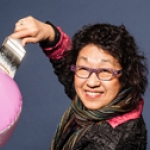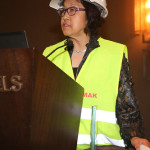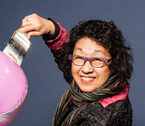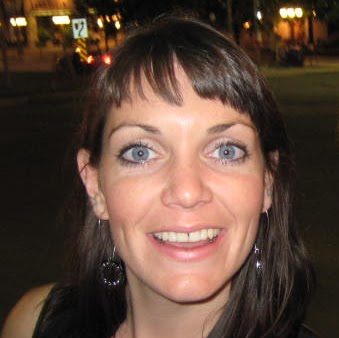
Ciara McKeown
Many municipal public art programs in North America are creating permanent public artworks in response to policy, funding structures, and a variety of other reasons. And yet, there is a recognizable shift towards durational works that focus on experience and process over object-based work. It also seems many of us are reaching capacity—more works entering into the collection and less funds to take care of them all; more time dealing with the vast unknown of conserving new media works; and overloaded staff capacities to manage all parts of the process. Are we at the tipping point where change has to happen before we see implosion? I would argue that we are. I would argue that we need to develop the conversation in our field, nationally and internationally, to have municipal policies, funding, and programs that reflect the need and desire for both shorter and longer-term public art.
And, in tandem, we need to not shy away from why public artworks do not need to, and cannot always, last forever. Discussion is imperative—deaccession is not a bad word.
Temporary: Why it Matters and Why it Works
An excerpt I recently read from the publication Locating the Producers: An End to the Beginning, the Beginning of the End by Paul O'Neill & Claire Doherty [1], explored the established notion of place-based practice and stated that the book's aim was to show, through research and case studies, “...that a fundamental shift in thinking about 'time' rather than simply the 'space' of public art commissioning is required to affect change at the level of policy.”[1] This may be the crux of where our conceptual thinking around public art can be refocused, adjusted, and rethought. Site response and notions of place are important, but we need to also break down words and terms. In my current public art world, we are hearing a lot about community engagement, but what does that mean? What are the real questions being asked; what is the desired outcome; and what are we asking the artist for and why? I think the desire for engagement is about experience and memory. It is about bringing together people and inciting conversation. In many of my favorite temporary projects, the strengths lie in the artist's freedom to explore risk; unravel issues; and create a platform for meaningful public interaction, participation, and collaboration.
Read More
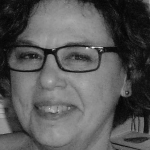





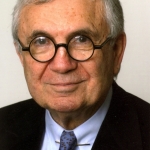
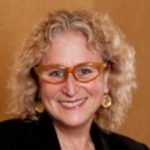




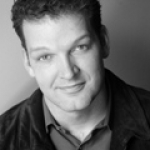
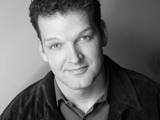 Todd Eric Hawkins
Todd Eric Hawkins

 Alex White-Mazzarella
Alex White-Mazzarella

 Felipe Sanchez
Felipe Sanchez

 Jennifer Lieu
Jennifer Lieu
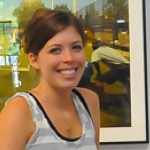
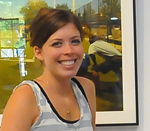 Jennifer Lantzas
Jennifer Lantzas
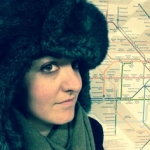
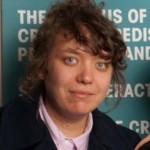

 Barrie Cline
Barrie Cline

 Cameron Russell
Cameron Russell

 Meredith Frazier Britt
Meredith Frazier Britt




